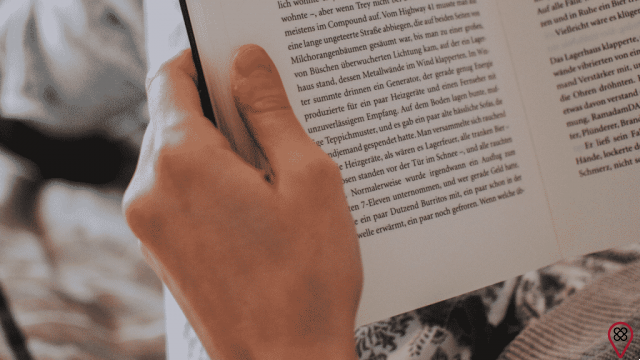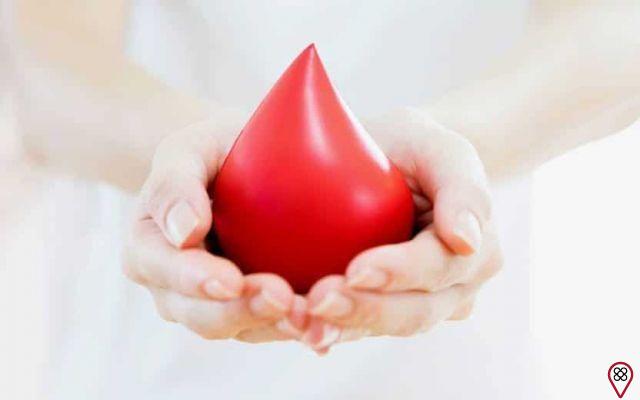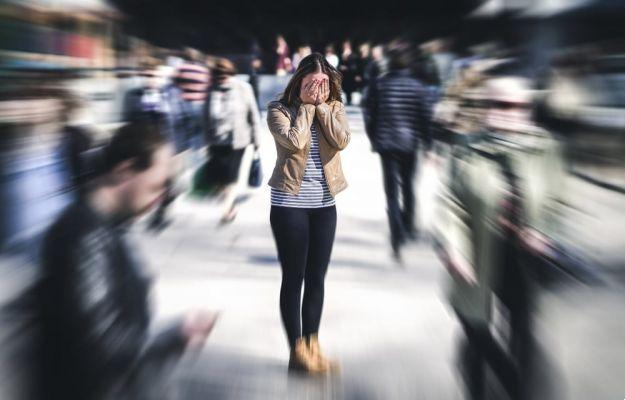You know those family moments when we sit and look at old photo albums, laughing and being surprised to see what our grandparents and grandparents were like in their youth? We had a lot of fun comparing the before and after of the old people, noticing how the faces and smiles are still the same, with the difference of some wrinkles and gray hairs. And we certainly thank you for the advent of photography.
If in the past the act of taking a portrait was an event, today photos and imagery records are more than part of our routine. And, along with them, the famous Instagram filters. For our future grandchildren, there will be no shortage of materials for them to see with their own eyes how we were at a younger age. But how can we explain, among these many filters and montages, what our face really was?
However, it is not necessary to travel to the future to problematize this issue. Although any mirror gives away what our true physical appearance is, it has been remarkable that, between unassuming stories and selfies with slight adjustments of features and colors, the instagrammable everyday is affecting our perception of ourselves.
Body dysmorphic disorder (BDD)
Between 1% and 2% of the world population is an audience that suffers from body dysmorphic disorder (BDD), a dysfunction in the processing of visual information of an individual towards himself. That is, a self-image disorder; the person who has DCD sees himself in a distorted way in the mirror, to the point of finding it unbearable to face his own reflection and stop leaving the house because of it.
As with almost any mental disorder, the causes for BDD can be genetic, neurological, or environmental. As for the latter, it is about psychological traumas and social pressures that can act as a trigger in those who are already predisposed to the disease. Among the most common causes are bullying and sexual abuse, but there is also the chance that the disorder develops in those who live in extremely harmful environments of aesthetic pressure, such as athletes, dancers and fashion models.
Although body dysmorphic disorder is a brain pathology that should not be trivialized — because it's not just about thinking that your cheeks are too big or that a lip filler would do you good — you need to be aware. In times of virtual reality and computerized selfies, our relationships with the common mirror and with our perception of self-image are increasingly threatened.
Instagram faces and filters
Being primarily a fun resource for users to pretend to wear accessories or mask themselves with cartoon shapes, social media filters have improved and now fulfill another function. Impeccably fitting the human face and virtually imprinting on it features and features that conform to beauty standards, filters have been the trigger for self-esteem disturbances and mass plastic surgery.
The reality is that we spend most of our time on mobile, browsing social media — and predominantly Instagram. Our daily news newspaper has become the feed and our morning schedule is to check the stories that were posted during the period we were offline. Both in one and the other, face masks are present; our entire network uses digital filters. They have become so common to our eyes that when we open the front camera and see our “naked” faces, we have a moment of disgust and then we apply some filter to soften the fright.

Smooth, whitish skin, a thin nose, plump lips and popping eyelashes in one click. For free and without effort, we become like the Kardashian sisters, as well as most of our “mutuals” (that is, people who accompany each other on a social network). But what about when we leave the screen? By the way, how are we going to personally recognize someone we usually only see in a computerized form on our cell phone? We are getting used to having an unrealistic view of what we are, of what we look like, and taking that to the way we see the people around us as well.
With the clash between the digital image and the real-life image, Instagram users began to resort to various aesthetic procedures and plastic surgery to achieve the appearance that the application's filter presented them. “There are patients who take a photo with a filter, bring it to the office and say they want to have skin like that. But that photo is not real,” says dermatologist Dr. Carla Vidal, in an interview for the Sallve blog.
What happens with the trivialization of these filters is the dissemination of yet another inaccessible beauty standard, which, in the end, profits from the sale of cosmetics that promise to deliver to the user the skin or eyelashes of the filter, and still convinces them that the The only way out is to surrender to a plastic surgeon's table. The facts are: Levi Jed Murphy, a 24-year-old Englishman, spent around R$230 on plastic surgery to look like an Instagram filter he loves.
You may also like
- Check out the relationship of social networks with the perfect life syndrome
- Learn about some social media habits that may be depressing you
- Discover 7 harms of social networks
It may seem like an exaggeration to talk about an app feature in this way, but, in fact, if we don't become aware of how much we surrender to the functions of the websites and apps that we access so much, asking ourselves how this can affect our life off screens, we will be dominated by an addiction.
Questioning ourselves about these topics does not mean that we will disable Instagram or never use a filter again in our lives; it means that we must be awake not to give in to the tricks of the digital age. It is not common for us to be scared of our own image, it is not acceptable for us to reject the way we really are. If we want grandchildren, then let's be frank and honest with them and with ourselves in every pore, in every pimple.

























